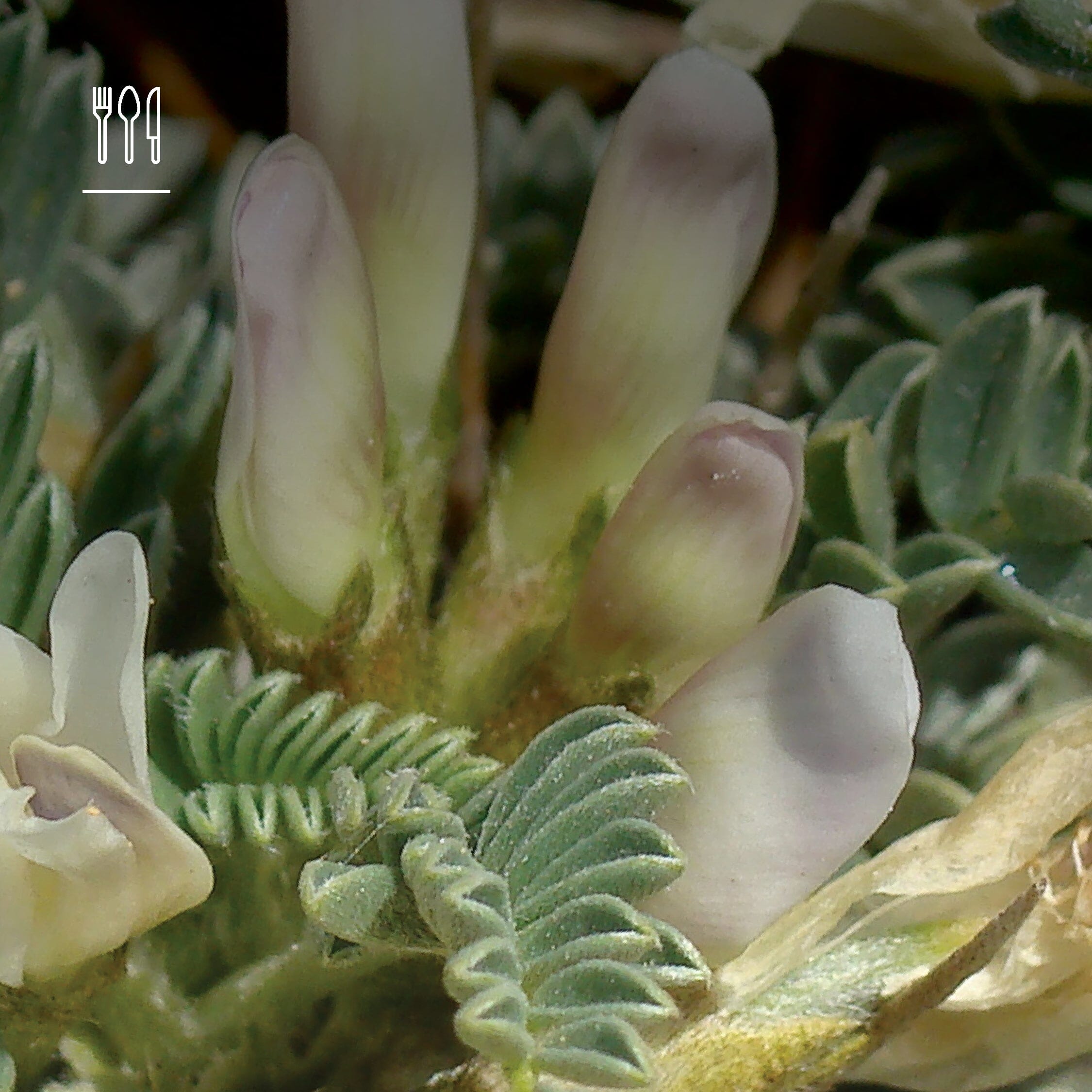We have been told from childhood “you’ll grow strong if you eat your greens”. As adults we are bombarded with articles on antioxidants, superfood plants and herbs we should include in our daily diet, or supplement with to benefit our immunity and overall health.
There is a lot of truth in these recommendations, however, there is also a lot more to the health benefits of what nature has provided, beyond the bright colours and their antioxidant effects.
Let us start by thinking about the foundation of our health, ie. our cellular structure and within that our DNA. We are complex beings at the best of times, and what makes up our body is not any different. Everyday, and throughout our lifetime there are many processes occurring within and between our cells on a biochemical, genetic, and physiological level. As we know, just like running a car, which is a lot simpler, things can go wrong over time. Over the past decade a group of biochemical scientists have taken a particular interest in researching and studying the complexity of our cellular health regarding its effects on aging. Their research has led them to discover Nine Hallmarks of Aging. It can be described that the identification of biomarkers of healthy aging is critical to predict adverse outcomes in late life, to implement interventions aiming at increasing healthy aging, and monitor the response to these interventions.1
The Nine Hallmarks of Aging sound very technical to the average person, with terms such as telomere attrition, epigenetic alterations, cellular senescence, and loss of proteostasis to name a few. Despite how challenging they are to understand, they are happening every second to each one of us as time ticks on by. The question you may be asking is, what we can do to decelerate these hallmarks, so we can enjoy a longer lifespan with a longer healthspan.
To answer this question, we will go back to those plants we were discussing before you had a de ja vu moment of sitting in a high school science lecture. In every plant there is a myriad of constituents, some still not discovered or understood. Some of these chemicals are produced by a plant for its natural defence against pathogens and some give them their colour or taste which can vary from sweet to very bitter. And some are better than others!
Let us look at resveratrol which has been a bit of celebrity in the past, found in red grapes and red wine, and recommended for heart and brain health, but you may not have heard of resveratrol’s close cousin pterostilbene (pronounced tear-o-still-bean). Pterostilbene occurs in nuts and berries, and particularly high in blueberries. Resveratrol and pterostilbene exhibit many similarities in pharmacological properties, however pterostilbene shows stronger effects because of its chemical makeup. Pterostilbene is more lipophilic which enhances its membrane permeability, bioavailability, and biological potency.2
Pterostilbene has been drawing attention to itself with its effects on sirtuins. Which are a class of seven proteins that have an influence on the behaviour and expression of our genes (epigenetics) and the regulation of cell health and energy production. As we are exposed to many external and internal assaults, such as UV exposure, pollution, poor dietary choices, and lifestyle choices, it is important that these sirtuins maintain homeostasis in the cell. You could liken them to a driver sitting in a car manoeuvring the vehicle to avoid crashes and misfortune to keep the car and its occupants safe.
Another emerging star is Apigenin, a flavonoid abundant in plants, fruits, and vegetables, particularly chamomile. Flavonoids have been known as an important plant product for over a century. Rusznyakand Szent-Gyorgyi for the first time in 1936 published literature regarding their biological activity 3. Research on apigenin has discovered a role it plays in general housekeeping of our cells, particularly with cells that no longer divide called “senescent cells”. These cells require removal or recycling because they are an issue as we age, sitting around as zombie cells, secreting proteins that are associated with many chronic health conditions aging brings.
On the end of your chromosomes sit little protective caps, just like the end of shoelaces. These are known as telomeres, and play an important role in safeguarding our genome. As we age telomere shortening naturally occurs, however, high levels of stress can accelerate telomere shortening. This effect also leads to the presence of those zombie senescent cells turning up in our body in high numbers much earlier than they should, and potentially triggering a cascade of aging conditions. A Chinese plant known as Astragalus membranaceus has been studied for its effects on aging. Astragalus has also been traditionally used as an adaptogenic herb in western herbal medicine. An adaptogen helps protect the body against various stresses. One of the polysaccharides found in Astragalus is known as Astragoloside A and has been of interest to researchers seeking to understand the effects of Astragalus on the body. Pharmacological research indicates that the extract component of Astragalus membranaceus may increase telomerase activity. 4
Now that has given you an insight into the complexity of the plant world, its interaction with the human body, and the emerging science showing us how we can live not only a longer life but enjoy a healthier longer life as well. It turns out Grandma was not wrong in keeping an eye on your vegetable intake to make you strong! Next time we will tell you about the super ingredient found in Himalayan Tartary Buckwheat…
Nerena Morris B.Sc., N.D is a medical herbalist and naturopath with over 20 years of experience working in the natural health industry.
References:
- Guerville, F., De Souto Barreto, P., Ader, I. et al. Revisiting the Hallmarks of Aging to Identify Markers of Biological Age. J Prev Alzheimers Dis 7, 56–64 (2020). https://doi.org/10.14283/jpad.2019.50
- Journal of Applied Pharmaceutical Science Vol. 9(07), pp 124-129, July, 2019 Resveratrol and pterostilbene: A comparative overview of their chemistry, biosynthesis, plant sources and pharmacological properties Eric Wei Chiang Chan1*, Chen Wai Wong1 , Yong Hui Tan1 , Jenny Pei Yan Foo1 , Siu Kuin Wong2 , Hung Tuck Chan3 1 Faculty of Applied Sciences, UCSI University, Kuala Lumpur, Malaysia. 2 School of Science, Monash University Sunway, Selangor, Malaysia. 3 Secretariat, International Society for Mangrove Ecosystems (ISME), Faculty of Agriculture, University of the Ryukyus, Okinawa, Japan.
- Rusznyak, S.P.; Szent-Gyorgyi, A. Vitamin P as Flavonoids. Nature 1936, 138, 27. [Crossref], [Google Scholar].
- Liu P, Zhao H, Luo Y. Anti-Aging Implications of Astragalus Membranaceus (Huangqi): A Well-Known Chinese Tonic. Aging Dis. 2017;8(6):868-886. Published 2017 Dec 1. doi:10.14336/AD.2017.0816


![Never Grow Old - Longevity Issue [Nutrition Business Journal]](http://scienceresearchwellness.com/cdn/shop/articles/NBJ_Post_-_LinkedIn.jpg?v=1692742979&width=1500)
![Circulatory system care "vital" [NZHERALD]](http://scienceresearchwellness.com/cdn/shop/articles/SRW_-_News_Clip_-_Post_-_Cir1_-_D1_dfadc7dc-c57a-4f80-82bd-4fdb5ba5f0cd.jpg?v=1692742734&width=1500)
